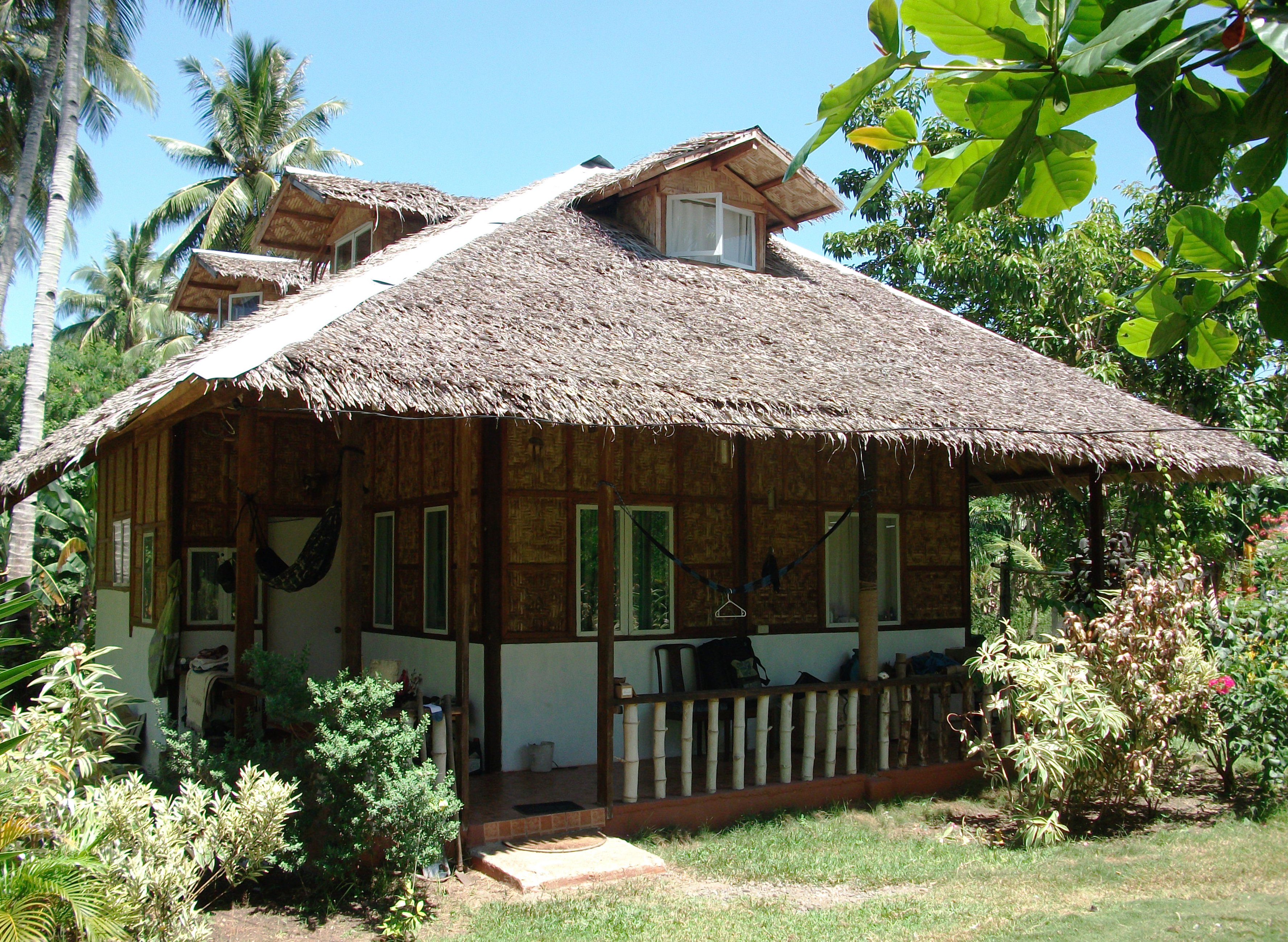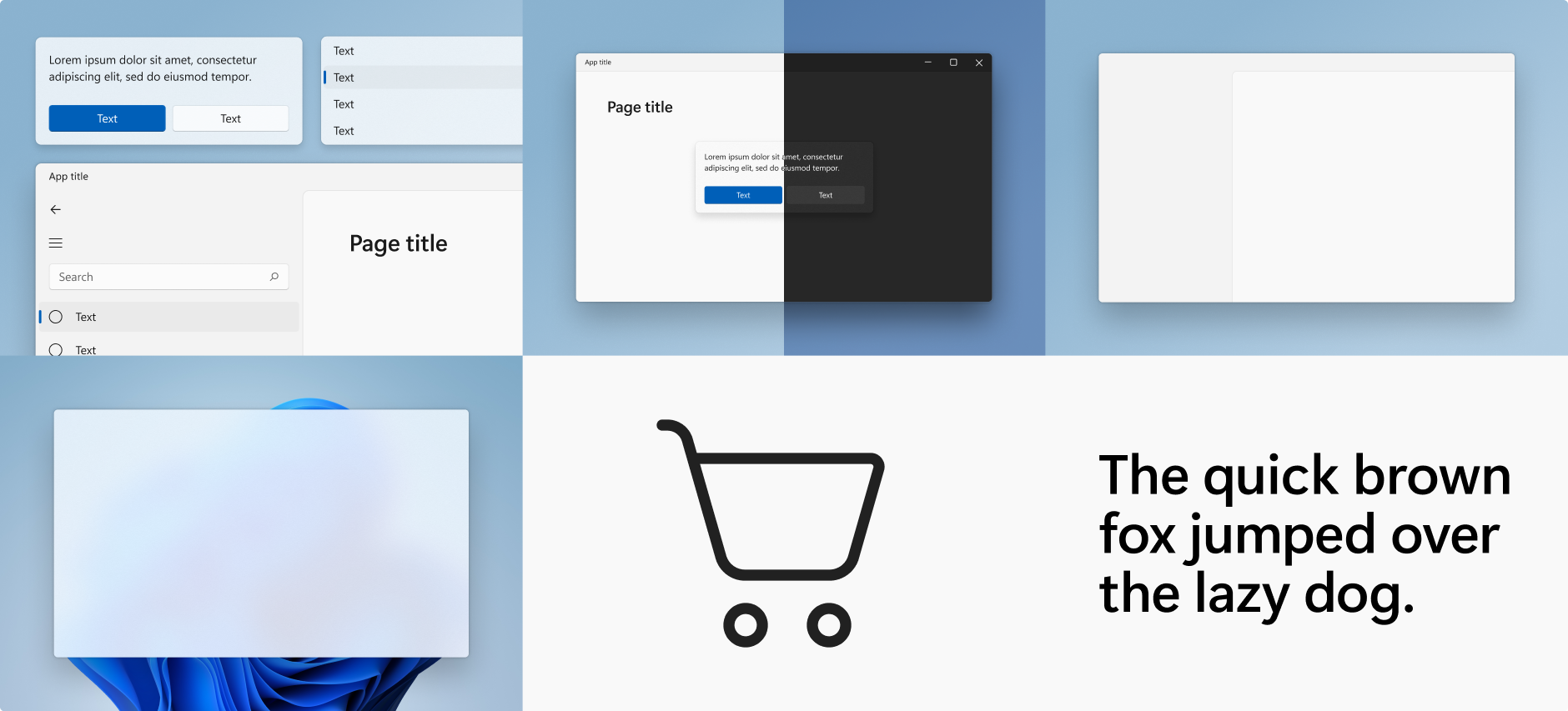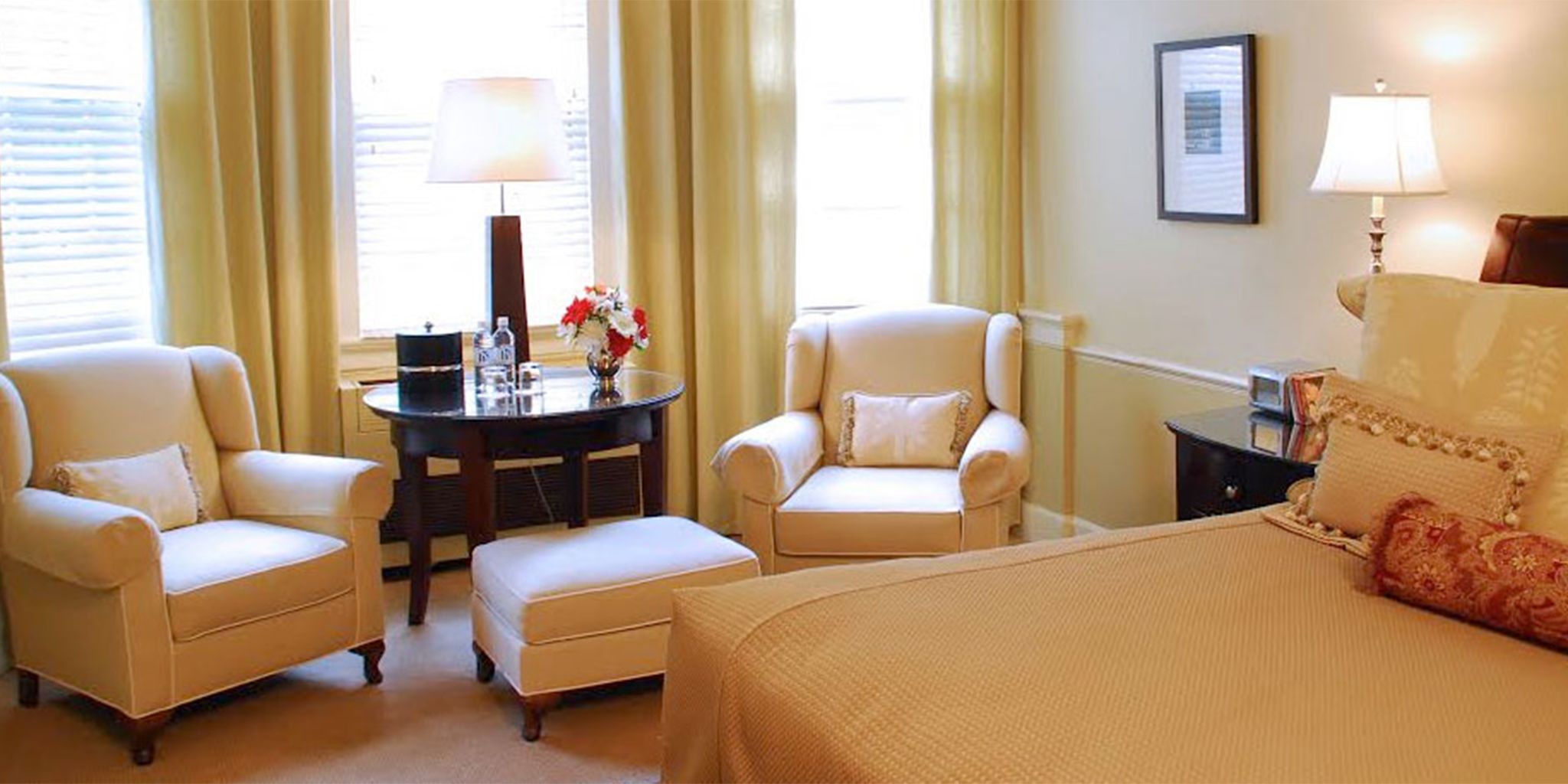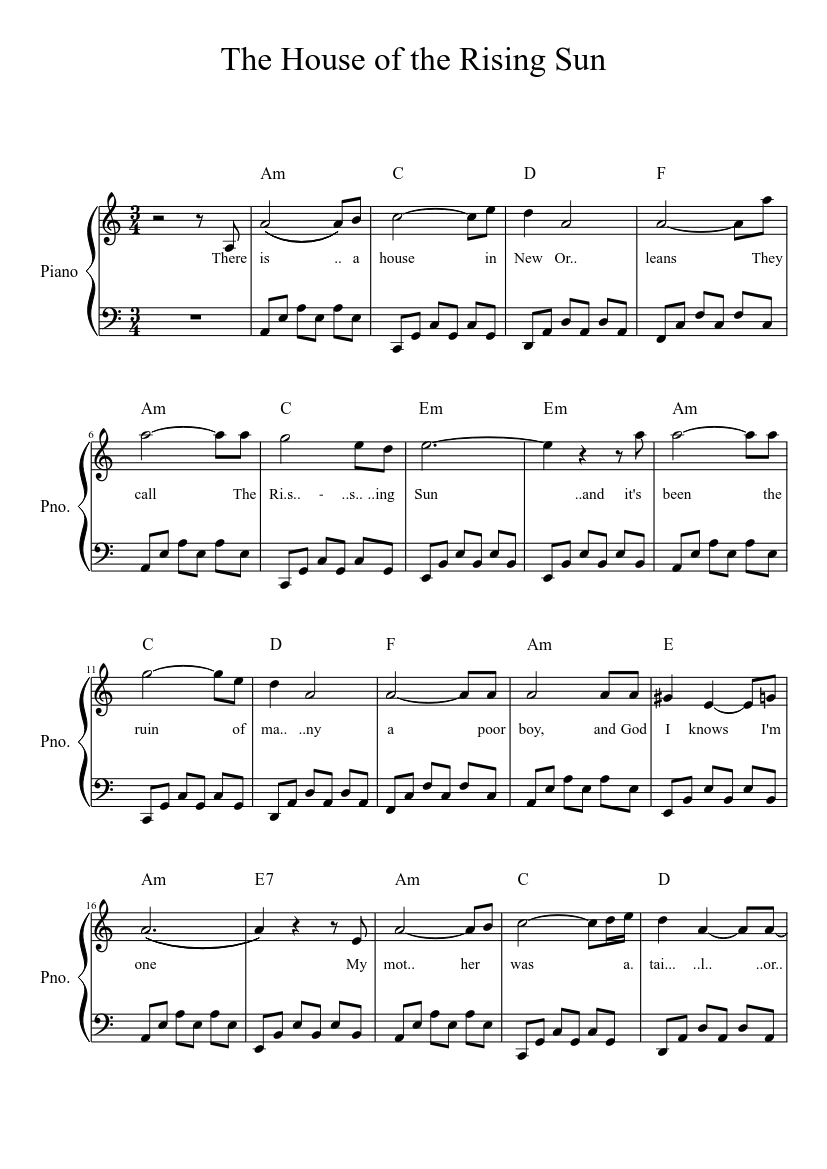Table Of Content

If you live in an area with a lot of wind, consider using hardwood floors instead of carpet to help reduce noise levels. If you’re looking for a modern version of the traditional Bahay Kubo, you’re in luck! The ground floor, inspired by the kubo’s silong, houses spaces for services and utilities. Living areas on second floor include a balcony and sun deck, and a dumbwaiter for transferring items with minimal contact. Bedrooms are on the third floor, with large windows for natural lighting and cross-ventilation.
More From: Tiny House
The concrete part provides flat concrete awnings over the door and windows. Getting inside this house feels like stepping into a furniture showroom with native furnishings from famous designers. The floors are made of wood set in a herringbone pattern while carpets are used to designate spots in the house.
PUP-CAFA BS Interior Design Graduating Class of 2017 revisits the home of Philippine Tribes - Inquirer.net
PUP-CAFA BS Interior Design Graduating Class of 2017 revisits the home of Philippine Tribes.
Posted: Thu, 16 Mar 2017 07:00:00 GMT [source]
Inspiringly Creative Modern Wooden Houses
It marries traditional elements like Amakan bamboo mats and reclaimed woods with modern construction for durability. It often involves cost-effective construction techniques and the use of affordable, local materials. The design’s simplicity can lead to reduced labor costs and shorter building timelines, making it a financially viable option. In recent years, there has been a move to incorporate the bahay kubo design and its eco-friendly features into modern design and architecture. The unique characteristics of the traditional bahay kubo include mobility and its appropriateness to the tropical climate we have here in the Philippines.
Muji Timber Hut – A Tiny Hut Full of Style
Lautner’s designs were known for their use of organic forms and innovative use of materials. The Eameses were known for their experimentation with new technologies and materials, as well as their use of color and playful forms. The Bahay Kubo is a unique type of housing because it is typically built on stilts and has a thatched roof. The Bahay Kubo is also unique because it is usually built out of local materials, such as wood, bamboo, and nipa leaves. The Bahay Kubo encapsulates the essence of the Philippine islands as a quintessential emblem of its rich heritage. Today’s architects continue to reimagine this elemental symbol through the lens of modern bahay kubo design.
Boxabl Homes: The Future of Affordable Housing
While the concept has yet to grow in the Philippines (but they do exist, like this 6sqm home in Cavite), it seems that many Filipinos are eager to give it a try. This modern Bahay Kubo design would be perfectly suited in a tropical setting, with lots of green plants all around. But it would also be perfect near the beach, especially because most of the parts would be resistant to the corrosive sea breeze.
Small Kitchen Hacks: 25 Simple Tricks to Maximize Your Space and Efficiency
As Filipino architects rekindle this traditional symbol, they infuse its essence into modern structures with an innovative spirit. The architect behind the design shares that they're also into tiny house living, and they created it in the hopes of building it for themself. "I'm still in the works of studying which materials would best fit it in actual contruction, what you see in the pictures are just my architectural renderings," they write. In another post, they mention that they're still working on the design, and are open to suggestion on how to improve the building. A Bahay Kubo is a traditional Filipino house that is made from natural materials like bamboo and palm leaves. While the design of the Bahay Kubo has stayed largely unchanged for centuries, some modern Filipinos have been adapting the style to fit their needs and preferences.
A Long Standing Tradition of Harmonizing with Nature
Located in a remote area with access to untouched rivers, falls, and mountains, it’s the perfect spot for those who want to be lost in nature. Situated in Barangay Bubukal, rice fields owned by several local farmers surround the modern nipa hut. One can spend a quiet afternoon at the balcony, admiring the amazing vista of Pililla windmills and watch the sun sets. “I wanted to create that vision of the Bahay Kubo with no complex shapes, only highlighting its rawness and beauty through materials, as well as, its natural surroundings. Additionally, the spaces were designed in such a way that it would cater the family’s day-to-day actions,” she explains.
A Young Couple’s Dream House: A 125m² Salem House in Vietnam
Villagers gather to lift the entire house onto their shoulders and carry it—sometimes across a considerable distance—to its new location. This collective action of people coming together for members of their community remains a prevalent Filipino value today. Another distinct characteristic of the house is the thatched cogon grass for roofing, locally sourced in Santa Maria, Laguna. This modern Bahay Kubo design features a loft bedroom with large glass windows and no walls from the interior side. Adding artwork or photos with tropical themes to your Modern Bahay Kubo Interior Design is a great way to add some personal touches to the space.
The post has more than 57,000 shares on Facebook as of writing, and most of the almost 10,000 comments praise its innovativity. Materials like coconut lumber, rattan, sawali, banig, capiz, santol wood, and bamboo were used in Mañosa’s designs and are deeply integrated into these structures. Notably, these sensible design elements of the modern bahay kubo are also used in the national artist’s very own residence, the famous Bahay Kubo mansion. Situated in Ayala Alabang Village, the mansion has three haligi (posts), a silong that can be described as a sort of basement, and a master’s bedroom that is as breathtaking as the mansion itself. The modern bahay kubo he designs are often bungalows with spacious interiors and sleek minimal designs.
These architectural approaches invite future generations of architects and homeowners to draw from the well of history. It can spur them to create spaces that are environmentally and economically sound, while also rich in cultural significance. As modern Bahay Kubo design continues to evolve, it inspires new ways of thinking about design, community, and sustainability.
If you’re looking to save money on your project, we recommend using local materials and labor. A number of architects and designers have contributed to the development of CA modern home designs over the years. Some of the most notable include Richard Neutra, John Lautner, and Charles and Ray Eames. Neutra’s work was characterized by its emphasis on simplicity, light, and a sense of connection with nature.
As the world pivots towards sustainable living, these indigenous design concepts stand out for their eco-friendliness and resource efficiency. They provide a blueprint for living in harmony with nature, promising a greener, more resilient architectural landscape in the Philippines. Although not a bahay kubo per se, Aesop’s concept store in Rockwell, Power Plant Mall Makati City, is a modern tribute to the traditional structure. It’s a space of tranquility, a place to gather, recharge, and connect with both nature and heritage. The incorporation of Kapampangan calado into the balcony design adds a cultural touch to the modern structure. The brainchild of JOGarcia Design, Qubo is a prime example that revitalizes the Bahay Kubo’s timeless design.













